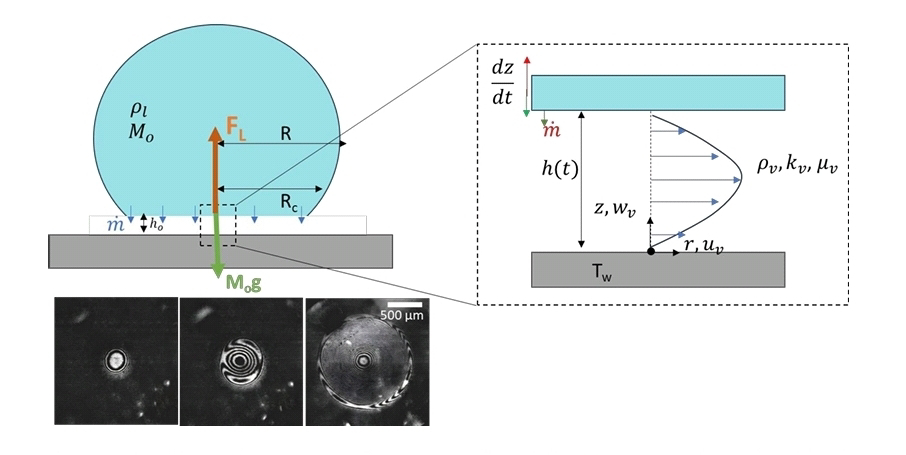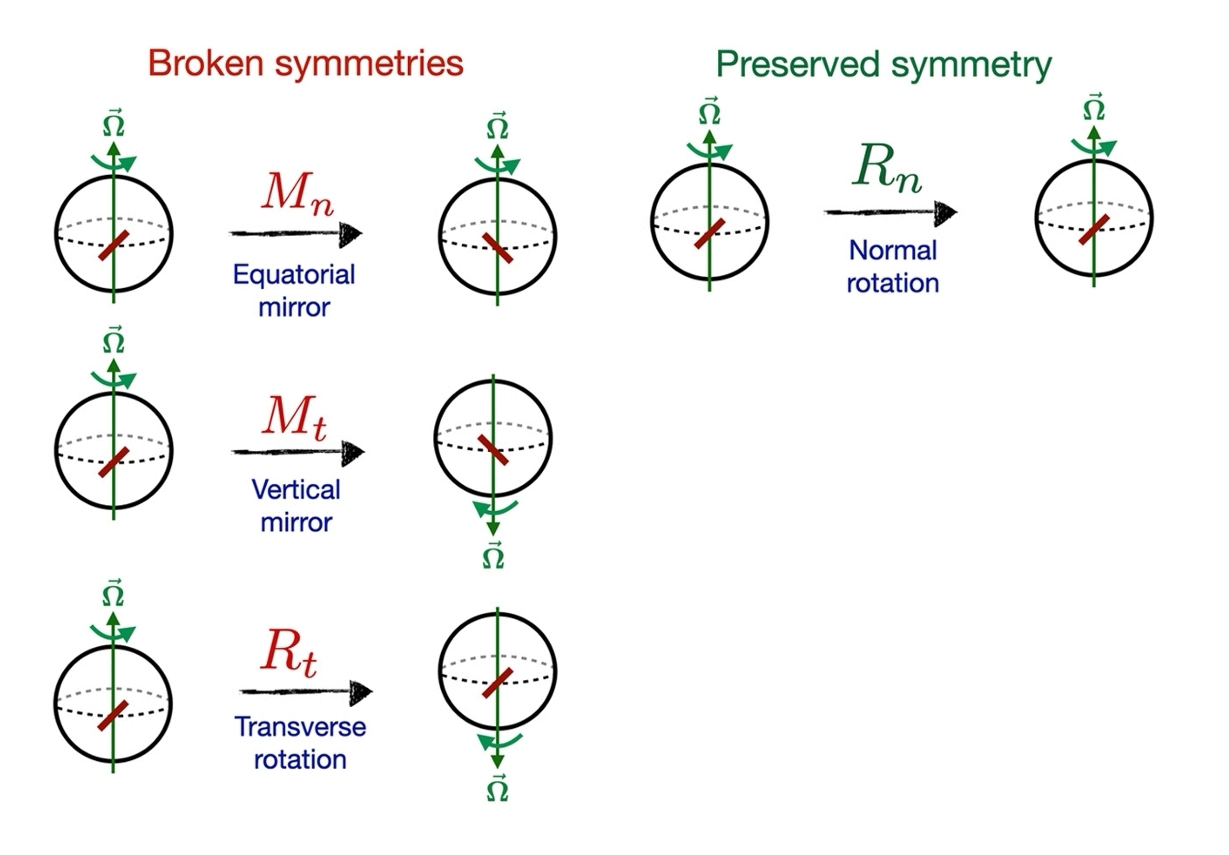<< The mechanical properties of biological materials are spatially heterogeneous. Typical tissues are made up of a spanning fibrous extracellular matrix in which various inclusions, such as living cells, are embedded. >>️
<< Recent work has shown that, in isolation, such networks exhibit unusual viscoelastic behavior indicative of an underlying mechanical phase transition controlled by network connectivity and strain. How this behavior is modified when inclusions are present is unclear. >>
AA << present a theoretical and computational study of the influence of rigid inclusions on the mechanics of disordered elastic networks near the connectivity-controlled central force rigidity transition. >>️
<< Combining scaling theory and coarse-grained simulations, (AA) predict and confirm an anomalously strong dependence of the composite stiffness on inclusion volume fraction, beyond that seen in ordinary composites. (..) this enhancement is a consequence of the interplay between inter-particle spacing and an emergent correlation length, leading to an effective finite-size scaling imposed by the presence of inclusions. >>
AA << show that this enhancement is a consequence of the interplay between inter-particle spacing and an emergent correlation length, leading to an effective finite-size scaling imposed by the presence of inclusions. >>️
AA << discuss potential experimental tests and implications for (their) predictions in real systems. >>
️
Jordan L. Shivers, Jingchen Feng, Fred C. MacKintosh. Criticality enhances the reinforcement of disordered networks by rigid inclusions. arXiv: 2407.19563v1 [cond-mat.soft]. Jul 28, 2024.
Also: network, transition, disorder, elastic, in https://www.inkgmr.net/kwrds.html
Keywords: gst, network, transition, disorder, elasticity, rigidity, criticality, bifurcations







